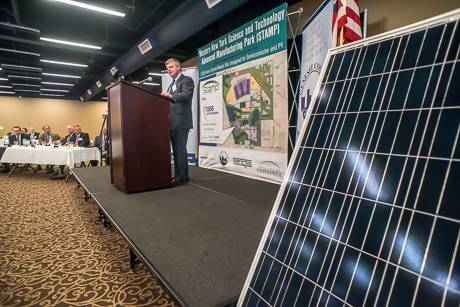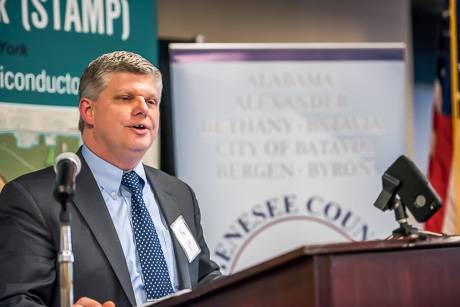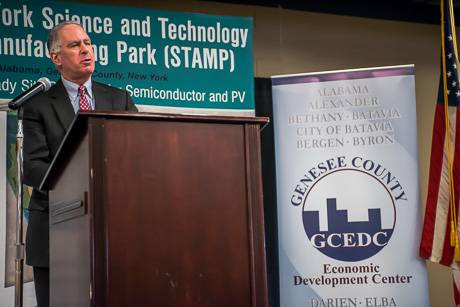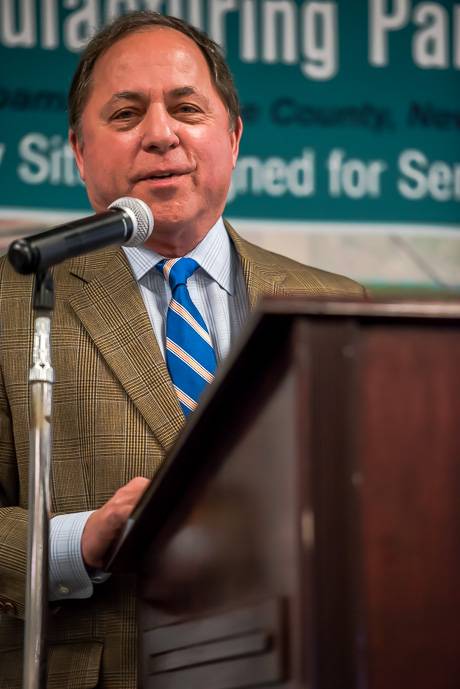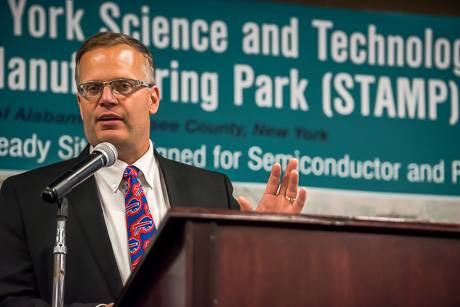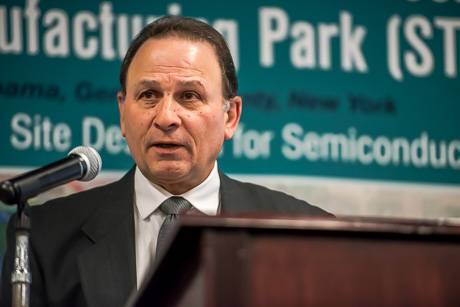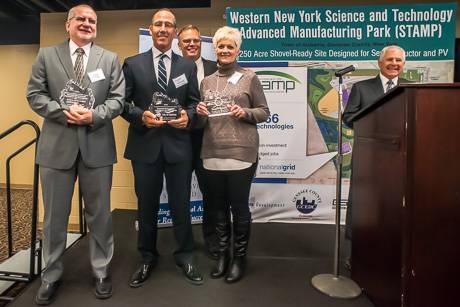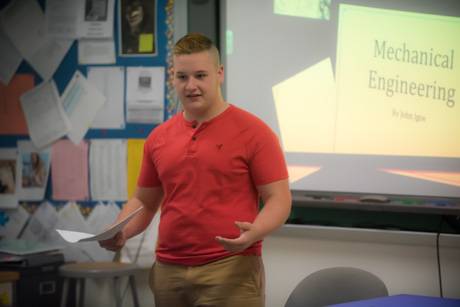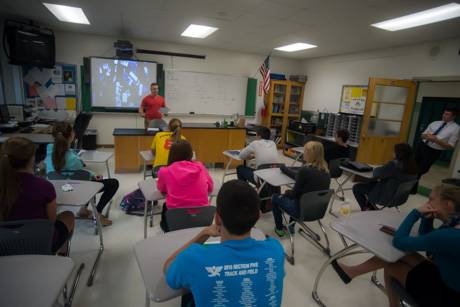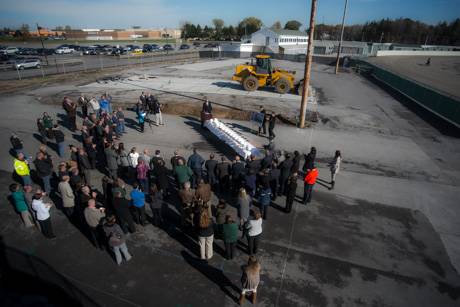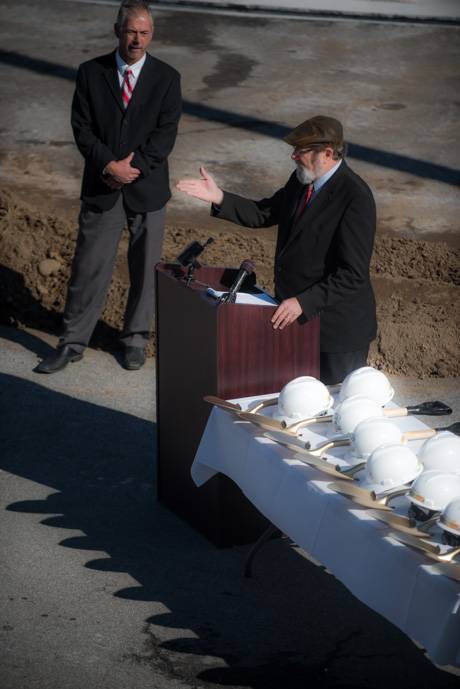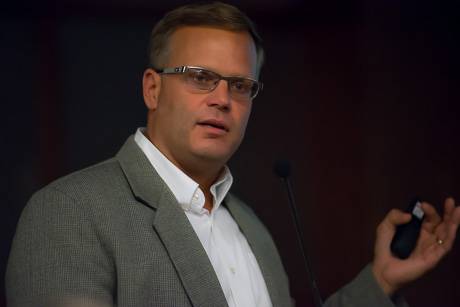GCEDC announces revolving loan program for ag industry
Press release:
The Genesee County Economic Development Center (GCEDC) in conjunction with Empire State Development has created a new revolving loan program to assist the agricultural industry in the Finger Lakes Region.
“Growing the Agriculture Industry Now” (GAIN) Revolving Loan Program is an initiative to capitalize local agricultural businesses that are using new technologies and expanding operations.
Through funding provided by Empire State Development, the program will provide loans to qualifying businesses in Genesee, Livingston, Monroe, Ontario, Orleans, Seneca, Wayne, Wyoming and Yates counties all of which are in the top 10 agricultural counties in New York State.
“Growing our agriculture and food processing industry is one of the utmost priorities of the Finger Lakes Regional Economic Development Council (FLREDC) as it represents a crucial part of the region’s economy,” stated FLREDC Co-Chairs, Monroe Community College President Anne Kress and Wegmans Food Markets CEO Danny Wegman.
“GAIN’s revolving loan pool to support the capital needs of agriculture and food processing companies, including new technology, diversification and expansion, will further advance the needs of the industry.”
According to the most recent Census of Agriculture (2012), farm-gate sales throughout the region totaled $1.6 billion, comprising 30 percent of statewide farm sales, with food processing and other support businesses as additional multipliers.
"Genesee County is one of the top ten agricultural regions in New York State," said State Senator Michael H. Ranzenhofer. "This new loan program will help to support our hardworking farmers, giving them a better chance at growing their business and our local economy. By supporting our farmers, we all can continue to enjoy fresh, local and quality food."
“As the former owner and operator of our family farm, I am always eager to help New York’s farmers and agriculture industry,” said Assemblyman Steve Hawley (R,C,I-Batavia). “In a profession where profits are not guaranteed year to year and weather can wreak havoc on products, our small farms need all the help they can get.
"I am excited to announce that the Growing our Agriculture Industry Now (GAIN) Loan Fund is available. The loan pool will help fund capital projects that foster job creation, renewable energy creation, farm diversification, and investment in technologies, among other things. I look forward to spreading the word about this tremendous opportunity and helping local farmers succeed at their craft.”
The GAIN revolving loan program will give priority to agricultural and related business projects, including food processing and operating farms, which support job creation and job retention, as well as farm diversification (i.e., participate in farm-based retail & wholesale markets).
The program will also support businesses that invest in new technology, including renewable energy projects and new processing equipment, as well as ones that demonstrate growth in net revenue for agriculture enterprises; leverage other sources of funding; and provide secondary economic multipliers (i.e., business expansions).
“This is another example of the ongoing collaboration between the public and private sectors,” said Steve Hyde, president and CEO of the GCEDC. “While we are excited about advanced manufacturing opportunities such as STAMP we also cannot forget that the foundation of our regional economy is the agricultural sector.”
Those interested in learning more about the application process and the program can contact Chris Suozzi, GCEDC V.P. of Business Development, at (585) 343-4866 or csuozzi@gcedc.com.
For more information about the program, visit http://www.gcedc.com/pdf/marketing/Gain%20Loan%20Fund%20Brochure.pdf

